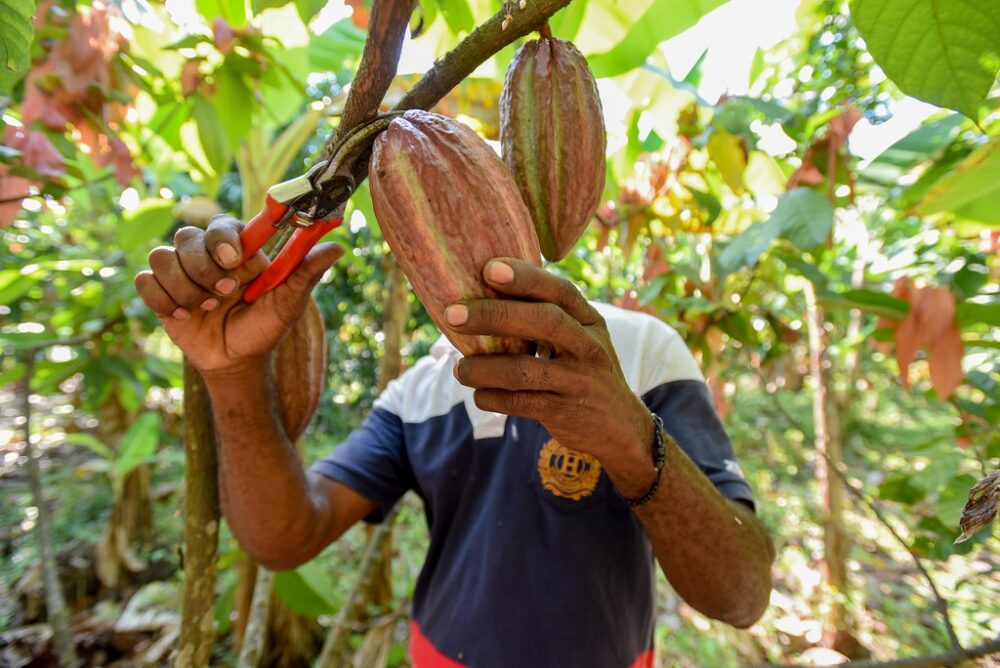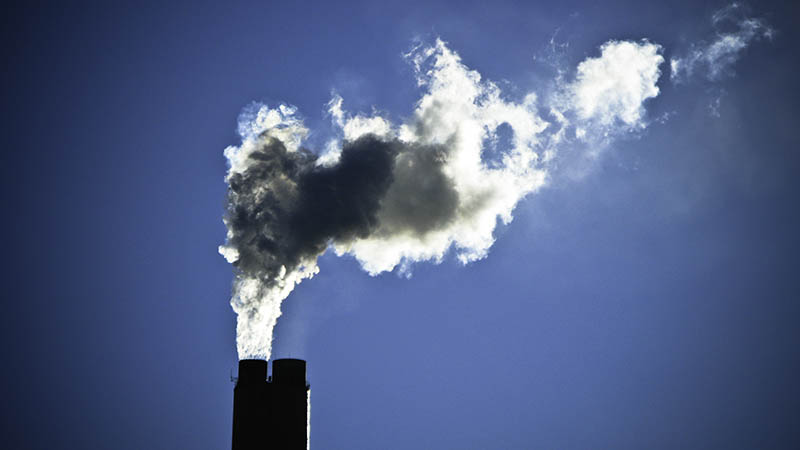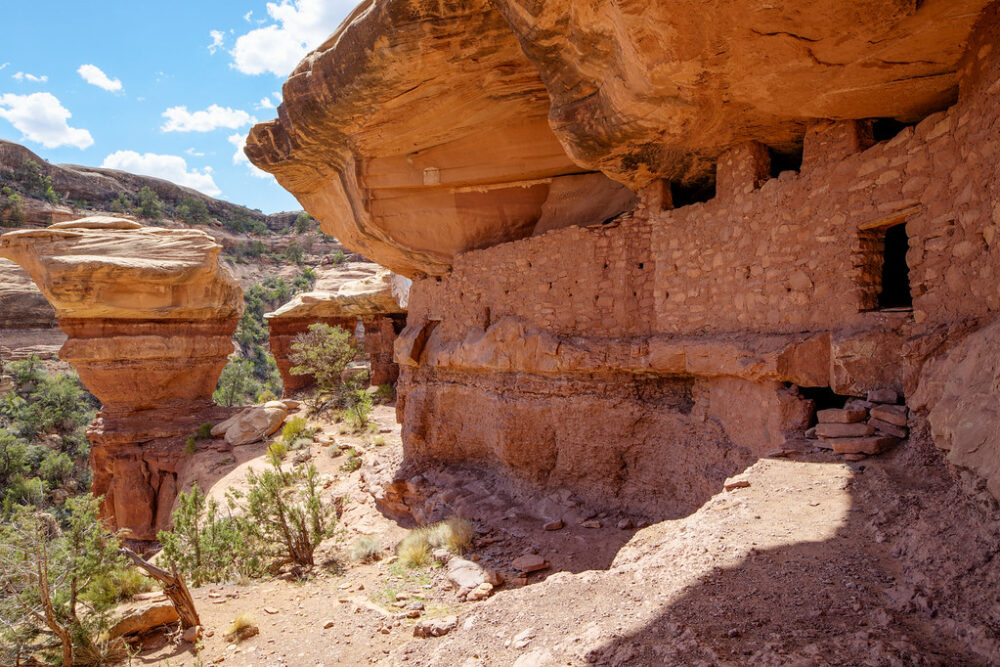Foliage of the future: How Harvard’s new tech aims to prevent a global food shortage
What if humans created a leaf better at utilizing sunlight than plants? And what if that leaf was engineered with such efficiency that it could feed the future world? Researchers at Harvard University have created and improved their “bionic leaf” to do just that and are now ready to bring this new technology into the […]
Foliage of the future: How Harvard’s new tech aims to prevent a global food shortage Read More »








